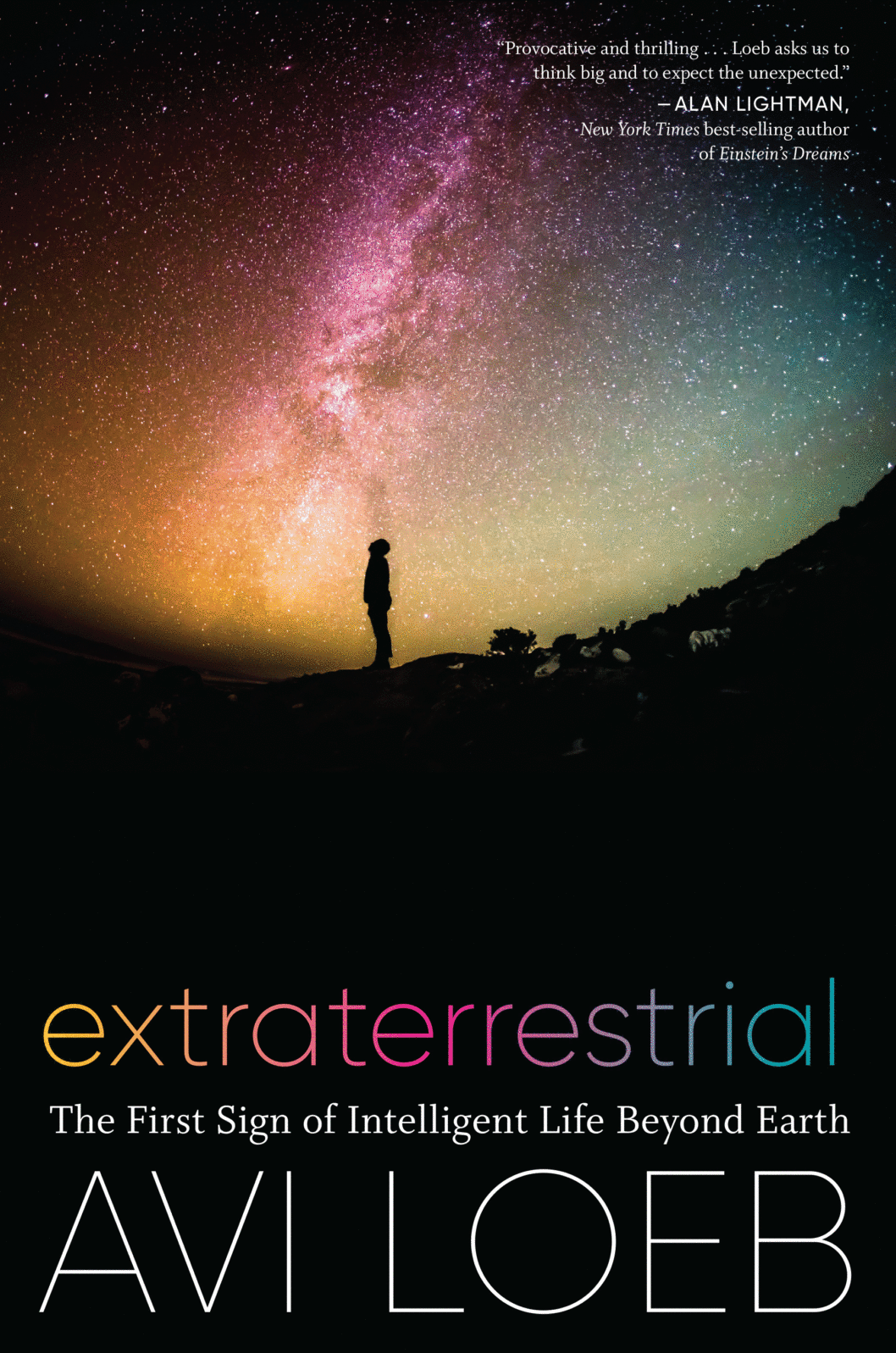SETI’s Seth Shostak Explains the New Galileo Project To Find ET
Controversial Harvard astronomer Avi Loeb has put together a private funding package to search for alien lifeThe Galileo Project, formed in response to the recent release report on Unidentified Aerial Phenomena (UAP), proposes to look “systematically, scientifically and transparently” for evidence of ET. The report noted that a number of observed phenomena remain unexplained. SETI’s Seth Shostak explains:
Avi Loeb, a Harvard astrophysicist who doesn’t hesitate to swim in the shark-infested waters of controversy, is proposing a major effort to find aliens in our solar system, perhaps even in our airspace. He has raised $1.7 million in private funding to launch something he calls the Galileo Project, an initiative to bring the rigor of experimental science to ufology.
Loeb’s plan is to use a telescope now under construction, the Vera C. Rubin Observatory, to study interstellar objects that come into our solar system. In addition, the project envisions building a network of small telescopes, in groups of two, that can photograph and determine the distance to anything they see in our atmosphere.
Seth Shostak, “Harvard’s Avi Loeb Thinks We Should Study UFOs—and He’s Not Wrong” at Scientific American
Shostak defends Loeb (who argued for Oumuamua as ET).
Even critics acknowledge that Loeb has credentials and talent. Nonetheless, he is regarded by some in the astronomy community as a knight-errant, tilting at windmills. That’s largely because of his unorthodox views about the object ‘Oumuamua. Roughly the size of a strip mall, ‘Oumuamua was first seen as a dot on a telescope image four years ago. Its orbit tells us that it comes not from the outer reaches of our own solar system, but from somewhere else in the galaxy. While many astronomers say that ‘Oumuamua is either a comet or an asteroid, eroded and encrusted thanks to its lengthy journey through space, Loeb has suggested that it might be a chunk of alien hardware—perhaps a solar sail.
Clearly, that’s a radical hypothesis. It’s also a rebuff to Occam’s razor. The latter would caution against invoking extraterrestrial engineering when more conventional explanations suffice for understanding ‘Oumuamua.
Seth Shostak, “Harvard’s Avi Loeb Thinks We Should Study UFOs—and He’s Not Wrong” at Scientific American
We certainly want to be cautious about rebuffing Occam’s Razor. Two things might help here:
First, there is a move afoot at NASA to develop standards for evaluating ET claims. That’s important because the current approach is simply to assume that, say, a Harvard astronomer’s claims are more credible than Joe Lunchbucket’s in principle, even though the entire area is unknown. Any standard is sure to be contested. But at least standards would allow us to get past assuming that claims should be evaluated on class position alone.
Second, we may need to broaden our options. Most people who offer explanations of why we do not see ET make the assumption that ET must be more advanced than we are. Why? What if the opposite is true, as experimental physicist Rob Sheldon suggests?

They may be simple space forms (“space cows”) — maybe something between life and not life — attracted to the huge quantities of energy that human activity generates. And taking millions of years to get here would not be a problem, any more than it would be for viruses. They’re not counting.
Yes, that would be disappointing. But perhaps the possibility should be on the table.
Note: Dr. Loeb is the author of Extraterrestrial: The First Sign of Intelligent Life Beyond Earth.
Here are a number of explanations for why we don’t see ET life.
You may also wish to read:
NASA seeks standards for ET life claims The agency wants to develop a credibility scale so we know what to pay attention to. Now that looking for ET is a serious business, we need standards for evaluating what counts as evidence.
and
What if the unidentified aerial phenomena (UFOs) are “space cows” — much simpler than we think?
